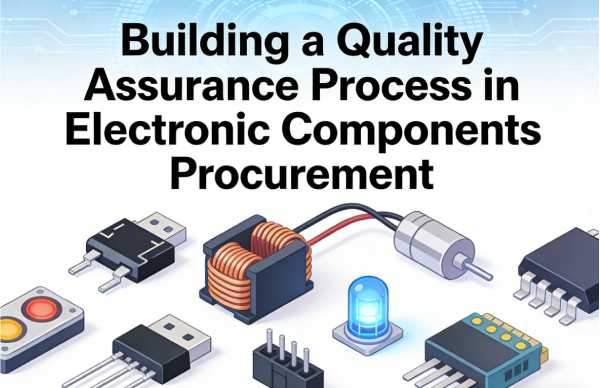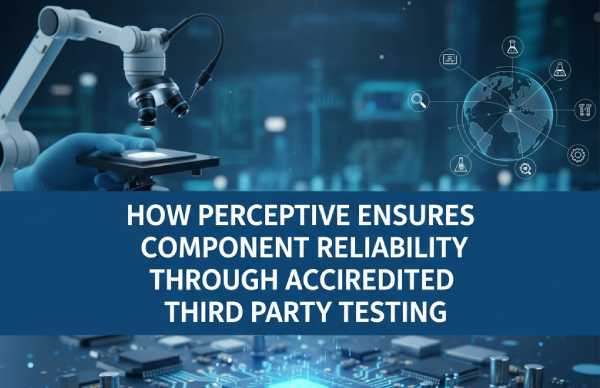Most electronic systems rely on voltage regulators to provide stable direct current (DC) levels. This article explains how regulators work and reviews the two main types of regulators used for DC-DC conversion: switching regulators and linear regulators. It also compares their benefits and limitations, highlighting common use cases and applications for each method.
Regulating and Optimizing DC Voltage
Electronic systems require specific DC levels to operate safely and efficiently. Initially, a rectifier converts alternating current (AC) from the mains supply to DC. A DC-DC converter (Figure 1) then optimizes this output, eliminating fluctuations and providing an accurate target DC voltage level. These converters also adjust the voltage from sources such as solar panels, battery banks and vehicle alternators to align with predetermined voltage parameters.
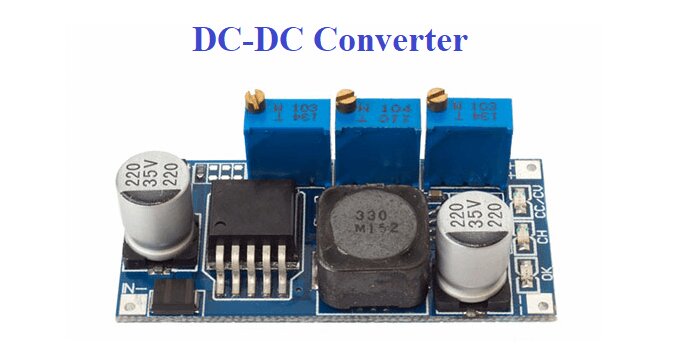
Figure 1. A standard DC-to-DC converter.
Linear and switching regulators help to implement DC-DC conversions for various functions such as buck (step-down), boost (step-up) and boost/buck (buck-boost). Linear regulators provide a simple but limited method of achieving small voltage reductions (buck) to provide a stable output with minimal noise. These regulators do not support boost or buck-boost configurations because of their lower efficiency, inherent voltage drop, and current output limitations. In contrast, switching regulators offer greater flexibility and higher efficiency, accommodating isolated and non-isolated DC to DC conversions from significant voltage drop (buck) to boost and buck-boost.
FETs for Switching Regulators
Switching regulators use power switches, inductors and diodes to transfer energy from input to output and regulate voltage. They achieve voltage regulation through the fast switching of power switches, typically field-effect transistors (FETs), managed by switching controller integrated circuits (ICs). A key method of regulating these FETs involves pulse width modulation (PWM), where the duration of the "on" state is adjusted to regulate the amount of energy transferred to the load.
In a feedback control loop, these ICs, along with resistors, capacitors, and voltage/current sensors, continuously adjust the switching state and PWM duty cycle to ensure a stable and accurate voltage output.
Switching regulators can integrate the FETs as discrete components external to the controller, or they can be integrated into the same IC (Figure 2). The latter configuration broadens the applicability to a variety of devices and functions, such as buck and boost converters, inverters, and flyback transformers. IC integration also simplifies design, enabling compact form factors while improving performance and efficiency.
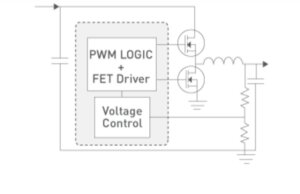
Figure 2. Simplified schematic of a switching regulator circuit, highlighting the PWM LOGIC and FET driver.
In fact, switching regulators typically achieve efficiencies in excess of 90% by using transistors as binary switches (fully on or off). This configuration reduces the voltage drop across the switch (when open) and limits the current (when closed), effectively minimizing power losses. In addition, the switching regulator significantly reduces thermal dissipation, resulting in a low input-output voltage differential and moderate load current.
Non-Switching Technology for Linear Regulators
Linear regulators (Figure 3) use transistors in the input DC path to precisely regulate voltage and current. A feedback loop controls the on-state of the transistors, effectively stabilizing the output voltage even when the input voltage or load changes.
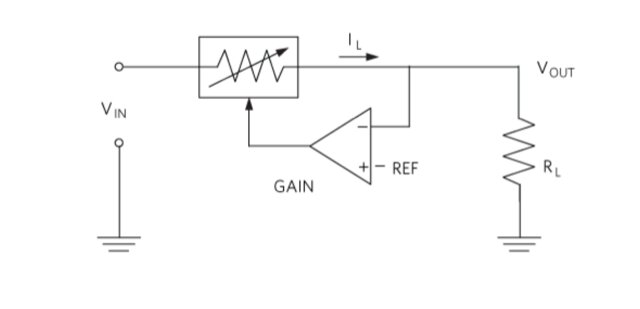
Figure 3. A basic schematic of a linear regulator circuit showcasing key elements and current flow management.
However, linear regulators incur power losses because the transistors dissipate energy in the form of heat when bridging the input and output voltage gaps. The inefficiency is most noticeable in high power applications, such as using a 10 VDC supply to power a 5 V, 10 A load, which results in 50W losses and 50% conversion. To operate efficiently, the input voltage must exceed the output voltage by a minimum difference. This difference is called the voltage differential.
It is important to note that low dropout (LDO) linear regulators can improve efficiency with minimal difference between the input and output voltages. LDOs use a feedback mechanism to adjust their internal resistance to precisely control the output voltage, ensuring minimal dropout even when the supply voltage slightly exceeds the output voltage. LDOs are well suited for applications that require stable regulation and closely matched voltage levels.
Advantages and Limitations of Switching Regulators
Versatile and efficient switching regulators accommodate isolated and non-isolated DC-DC conversions ranging from large step-down (buck) to boost and buck-boost, including flyback, forward converter configurations, and single terminated primary inductor converters (SEPIC). Switching regulators effectively minimize power loss and heat dissipation, utilizing low quiescent current (IQ) to maintain no-load operation. Switching regulators are implemented in integrated solutions where the FETs are integrated directly inside the IC or in modular designs using external power metal-oxide-semiconductor field-effect transistors (MOSFETs).
Smartphones, smartwatches, and other advanced wearable devices rely on switching regulators to extend battery life through optimized power management, low IQ, and precise voltage regulation. Switching regulators play an equally important role in solar inverters and battery management systems (BMS) that require efficient voltage conversion. In addition, switching regulators in automotive DC to DC converters stabilize voltage in advanced vehicle systems, compensating for fluctuations and ensuring consistent power flow. In industrial automation, switching regulators provide reliable, accurate voltage levels for advanced sensors and controllers.
Although versatile and efficient, switching regulators are not typically used for sensitive analog circuits or audio applications that require ultra-low noise and ripple. This is because switching action typically introduces electrical noise and affects performance. Linear regulators, with their inherently basic design and minimal electrical noise, are considered more suitable for these use cases.
Why use linear regulators?
Linear regulators provide a simple, cost-effective solution for achieving small voltage drops with minimal efficiency losses. They effectively dissipate excess voltage in the form of heat, requiring only basic connections such as input voltage (VIN), output voltage (VOUT), feedback (FB) and (optionally) ground (GND).
A large voltage difference between the input and output can significantly increase the power loss of a linear regulator, thus decreasing its efficiency. Although LDOs can operate efficiently with very small voltage differences between input and output, they are unable to boost the output voltage above the input, reverse voltage polarity, and are limited to buck conversion.
Despite their limitations, linear regulators remain a popular choice for analog circuits and audio equipment that require low noise, fast transient response, and minimal voltage difference. Simple, cost-effective linear regulators are also targeted at low-power devices that require no external inductors and very low heat, such as basic digital watches, LED drivers, and low-power analog sensor modules for precision measurement and monitoring.
For communication infrastructure and radio equipment, linear regulators ensure minimal power supply noise and low output voltage ripple. In addition, an internal feedback loop helps to respond quickly to changes in load or input voltage without the need for external compensation.
Switching regulators provide versatility and efficiency for many DC-DC conversion configurations, including buck, boost, and buck-boost. In contrast, low-noise linear regulators provide a more limited solution for smaller voltage drops where efficiency losses are minimized. Linear regulators are a popular choice for analog circuits, LED drivers, and audio or communications equipment. Switching regulators are geared towards a wider range of applications, from complex wearables and automotive systems to industrial automation, solar inverters and battery management systems.
Related Article:













